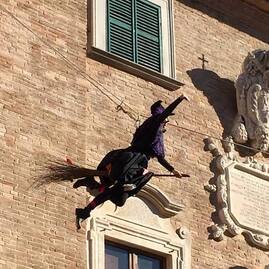 On the 6th of January every year, La Befana, the Italian witch, delivers treats to children across Italy, just as Babbo Natale does on Christmas Eve. But la Befana is a witch (albeit, a good one) who travels by broom, magically swishing down chimneys and leaving presents in children's pillow cases, stockings and shoes. In her hometown of Urbania--in the region of Marche--50,000 Italians celebrate this good witch's arrival with literally tons of desserts and foods. Throughout the streets and piazzas, you will find theater performances, fire-eaters, la Befana on stilts and also be amazed when she flies overhead (on a cable). The Festa Nazionale della Befana gives an alternative insight of holiday celebrations... it's perhaps one of the best festivals of the holiday season. --GVI Click on the photo above to watch a video of this festival
When I was a young, biblical epic films were all the rage, and this big, hunk of a man called Victor Mature was in a bunch of them. His sharply sculpted face and curly hair was reminiscent of ancient Roman statues displayed in the Vatican Museum. He was Hollywood's idea of "a man's man". Baring his broad chest and wide shoulders in many films, it's no wonder why women of the day saw him as a "hunk". He was born to Swiss-German mother Clara Ackley and Marcellus George Mature who had the time honored profession of arrotino--a knife sharpener and cutler. Marcellus was actually born Marcello Gelindo Maturi in the tiny Alpine hamlet of Pinzolo, Trento (one of the few autonomous Provinces), where many Maturi still live today. The young Mature started out helping his father as a salesman for butcher supplies but eventually went to Pasadena to study acting. He had modest success in a few films, but when World War II broke out, he served as a petty officer in the Coast Guard on troop transports. He was lucky to survive the war, having been in harms way in places like the North Atlantic, Mediterranean, Caribbean, Normandy and islands of the South Pacific. He was on Okinawa when the A-bomb was dropped on Japan. After the war he really made his mark, coming in big demand for some excellent roles, such as in John Ford's My Darling Clementine (1946) and in Henry Hathaway's Kiss of Death (1947). He then moved on to perhaps his most recognizable roles in Biblical epics: Samson and Delilah (1949) ; The Egyptian (1954); The Robe (1953) and one of my favorites, Demetrius and the Gladiators (1954)... great Roman sets and Gladiators! Throughout the 1960s he seemed semi-retired, playing golf more than acting, but he then landed a role that parodied himself as an egotistical, Hollywood pretty boy persona in Neil Simon's After the Fox (1966). If you haven't seen this film, do so. He's hysterical in the role... and the plot is great too, with Peter Sellers as a gold thief passing himself off as an Italian film director who manages to get the population of an entire coastal town to help him steal the gold.
Victor Mature was one of the most under-rated actors of his time... in a way, similar to the pathos that even Dean Martin brought to the screen after his Martin & Lewis days were over. His films are worth searching out. Mature died of cancer at his Rancho Santa Fe, California, home in 1999. --Jerry Finzi 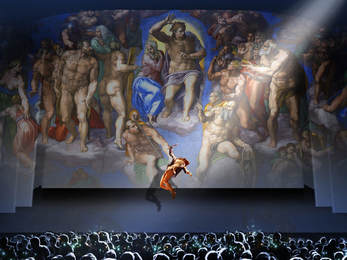 When considering a visit to the Sistine Chapel and Vatican Museum tour, perhaps you've had doubts about the long lines, heat, the expense, hours on your feet slugging through the 5 miles of museum corridors, shoulder-to-shoulder with the cruise ship tour groups, trying to soak in all of the Sistine Chapel's majesty within the 10 minutes they allow... well, you may now have a serious option for enjoying the art of the Master in a unique and new way... Artainment Worldwide Shows, along with the expertise of the Vatican Museums, have produced Giudizio Universale's Michelangelo and the Secrets of the Sistine Chapel. The multimedia and live performance show aims to be an important event for art lovers and will be a must-see for the millions of Italian and international visitors who place Rome and the Vatican Museum at the top of their Must See List. Conceived by Marco Balich, the show is the first example of an innovative format that combines the narrative of the origin of a masterpiece with the most sophisticated and technologically advanced instruments of live entertainment. For this project, Marco Balich has collaborated with world-renowned musician Sting, who composed the original theme music. The other names of the cast are stunning: the voice of Michelangelo will be by Pier Francesco Favino (known for the Disney fantasy “The Chronicles of Narnia – Prince Caspian” and the collaboration with the Oscar-winning director Ron Howard’s “Rush” and “Angels and Demons”). Together with the original theme performed and arranged by Sting, there will be new music composed by John Metcalfe, a leading figure in the contemporary pop-rock scene and producer of artists such as Morrisey, Blur and Coldplay. The show explores more than just the Sistine Chapel, but the history and works of the Master himself--Michelangelo and the 16th century Renaissance. The show is a mix of art history, theatrical performance, both photographic and physical special effects, words, images, dance and music. 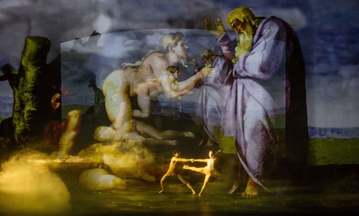 The most impressive thing about the production are its 270° immersive projections, together with larger-than-life stage effects and live performances similar to Cirque du Soleil acrobatics. During a 60-minute show, spectators will follow the story of the origin of Michelangelo’s masterpiece, from Giulio II‘s commission of frescoes of the vault to the realization of the Universal Judgment, through a reenactment of the Sistine Chapel as the place for the papal election. Through the storytelling about Michelangelo, modern special effects will animate the frescos of the Sistine Chapel to end with the wonderful Universal Judgment that will come to life throughout the space around the public. A new chapter of the Italian cultural offering, Giudizio Universale is a long-term project with a typical Italian style. It will run from March 15, 2018, at the Auditorium della Conciliazione in Rome. The audience will be able to choose to attend the show in Italian or in English (starting March 24). Let's hope that the production draws away some of the crowds that are overburdening the Vatican Museum itself... and that the Vatican helps to publicize the show. It's become obvious the Vatican has oversold both the Museum and St. Peters Basilica with a fear that they are destined to become a tourist destination with as little passion and meaning as a visit to Euro Disney. From the Mouth of the Bocca: This is a great option for people who normally would never spend an entire day in a hot, stuffy art museum and prefer lighter entertainment. --Jerry Finzi Fire has always been a mystical entity to Man. Even today, scientists have a difficult time explaining what fire is, while people around the planet stare into the flames and see things that dreams are made of. The glowing, dancing orange tongues of flame are hypnotizing. No wonder flames have found there way into ritual and traditions throughout the world, from modest candles to raging bonfires... In the Unites States, bonfires might be lit during homecoming for a local sports team, or in New England for the Fourth of July, or perhaps along the levees of the Mississippi in southern Louisiana to light the way of Papa Noel's return at Christmas. But in Italy, although often related to a particular saint's day, bonfires have more pagan roots and meanings. Some are burned in early January to signify the end of one year and the beginning of another, while others are burnt during Mardi Gras (for Carnevale season) or during lent. In Italy the ritual of flames are evident in the many Bonfire Festivals, or Festa dei Falò. "Semel in anno licet insanire."--Ancient Roman Saying "Madness is permissible once a year." 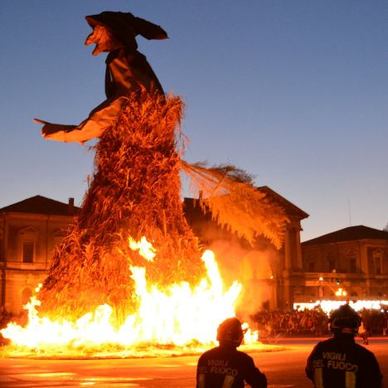 Padova, January 6th to celebrate Befana Padova, January 6th to celebrate Befana In Northeast Italy, the celebrations of Panevin (in English "bread and wine"), Foghera or Pignarul are held on the evening of Epiphany's eve (5 January). A straw witch dressed with old clothes symbolizing the past year, is placed on a bonfire and burned to ashes. The direction of the smoke indicates whether the new year is going to be good or bad. In Northen Italy, La Vecchia ("the old woman") is a huge wicker-woman effigy built of wood and vines and burned once a year as part of town festivals. As depicted in the film Amarcord by Federico Fellini, it has a more pagan-Christian connotation and is burned on Mid-Lent Thursday. In Abbadia San Salvatore, a village in the south of Tuscany, bonfires called Fiaccole up to seven meters high are burned during Christmas Eve to warm up people around them waiting for the midnight. In Southern Italy, traditionally bonfires are lit on the nights of the 16th and 17th of January, thought to be the darkest and longest night of the year. The celebration is also linked to the cult of Saint Anthony The Great. In Tuscany, there are many fire festivals during the winter months with ancient origins. These sagre and their fires are meant to draw attention from the “Sun God”, to conjure up its presence--and warmth--during the dark, cold months. As Christianity grew in ancient times, the pagan rituals were converted to celebrate various saints or holidays of the Catholic religion. In the town of Fano, Marches, from early February to Mardi Gras, they hold the Carnivale di Fano, one of the oldest--and sweetest--carnivals in Italy. During the festivities you can watch and take part in battle fought with chocolates and candy! Hundreds of pounds of sweets, caramels and chocolates are showered from parade floats onto the crowds of spectators, who then thrown them back or at each other. At the end of the month-long festival, there is the Rogo del Pupo, the Bonfire of the Baby Doll, a huge paper mache doll (a different one is designed and built each year). Flaming Festivals in Tuscany
Enjoy the heat of the flames! --Jerry Finzi  The Italian tamborello is an integral part of Italian folk music with history over 2000 years old. Also called tammorra (a slightly different design) and tamburo, this hand drum (a fore-father of the tamborine) holds a prominent role is in the accompaniment of the tarantella, which is an old hopping dance allegedly related to ancient Dionysian ritual dances. The name references the hopping of the tarantula spiders during their mating dance. As varied as the landscapes, dialects and cuisine of Italy, many variations exist in both the tarantelle and the playing techniques of the tamborello instrument. All techniques allow virtuoso triole-playing (rapid, triple strokes) by using different rotation techniques, where the hand rotates either over the horizontal or the vertical axis of the drum. This can also be accomplished by a stiff finger dragging and jittering forwards across the drum head--a very difficult technique only masters of the instrument achieve. 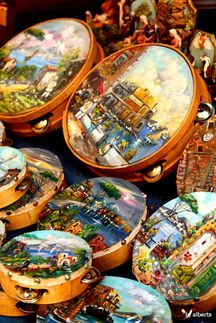 Cheap, painted tamborelli made for tourists Cheap, painted tamborelli made for tourists Traditionally, a tamborello would be made by the same artisans that made household and farm sieves. The technique used steam to bend the shape of the frame for each drum. Skins can be dog, cat, kid (goat) or even donkey. In Calabria, often the hairs are left on to give a deeper, more mellow sound. In Sicily the skins are highly refined giving a more bright, crisp sound. Many modern tamborello are made using synthetic drum heads which keep their pitch, unlike natural skins which change their pitch depending on humidity. Even today the tamborello can be heard on every street and folk dance festival in Southern Italy. The culture and music have been passed on over the many centuries with considerable changes. Nowadays fusions of tarantella with Heavy Metal, Ancient Music, Jazz, Pop etc. are very popular. Watch a master demonstrate some techniques... Beginning in January, 2017, Grand Voyage Italy is undergoing a reconstruction: adding new pages, categories and moving older posts to more appropriate pages. If you can't find what you are looking for in this new Lifestyle page, use the Search Box to help find what you need. Grazie!
|
On AMAZON:
|

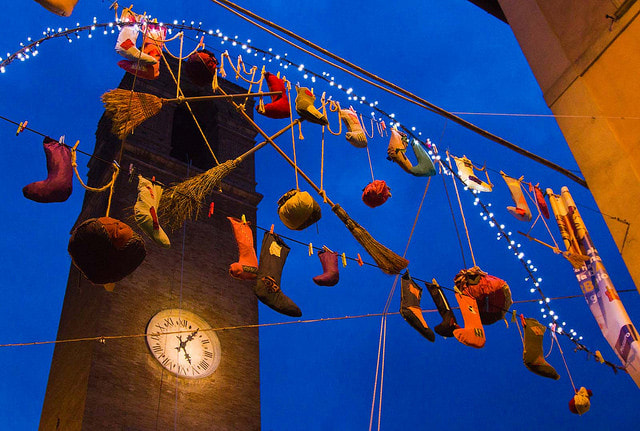
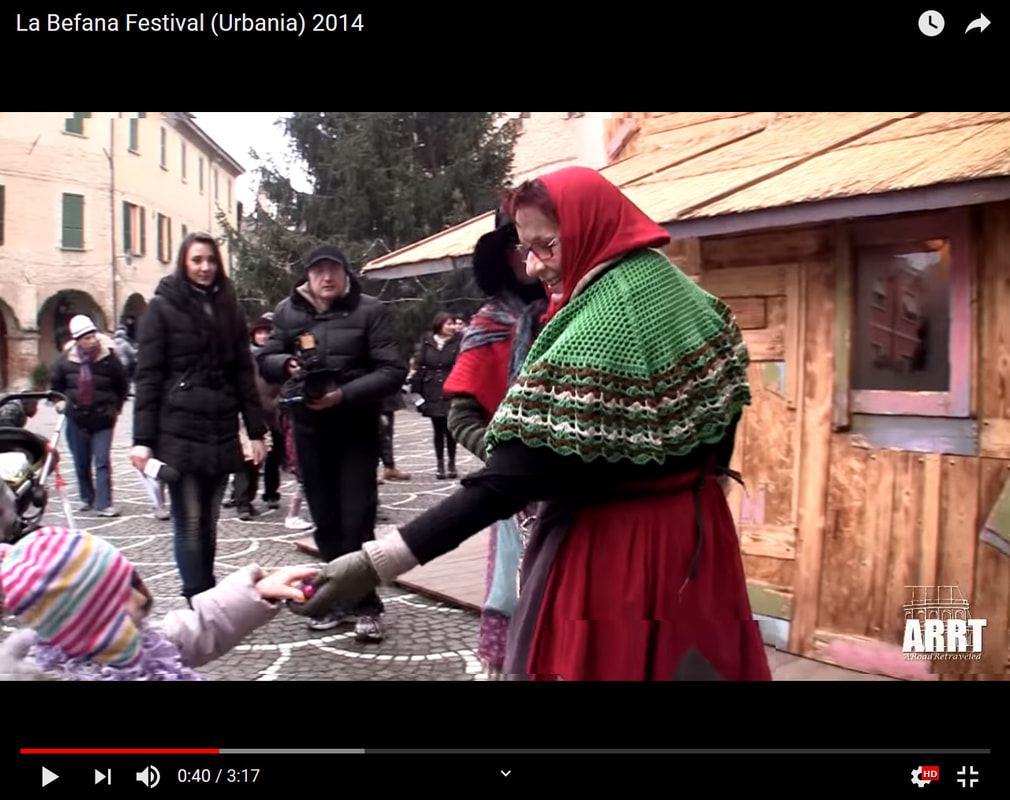
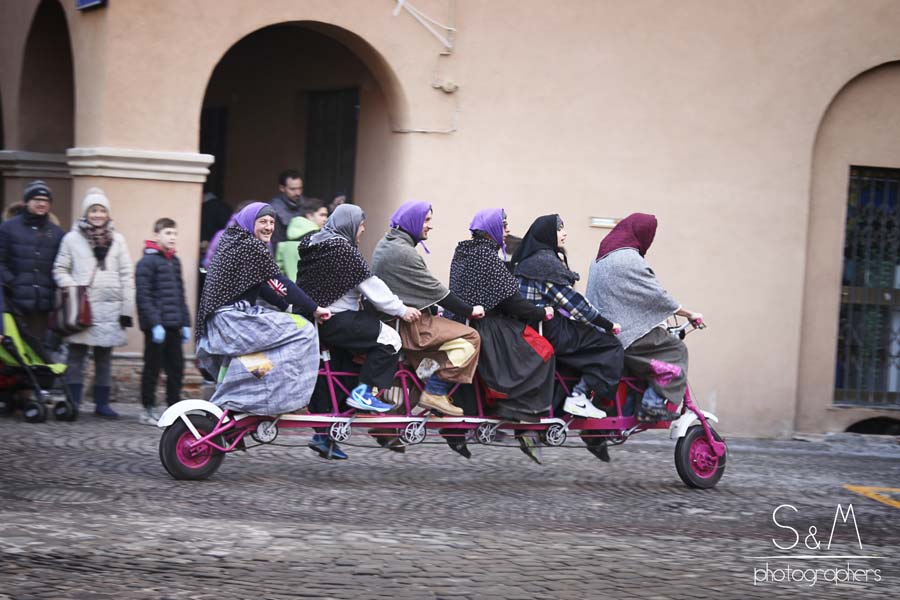


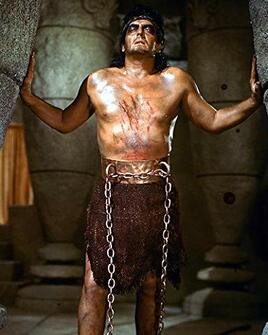

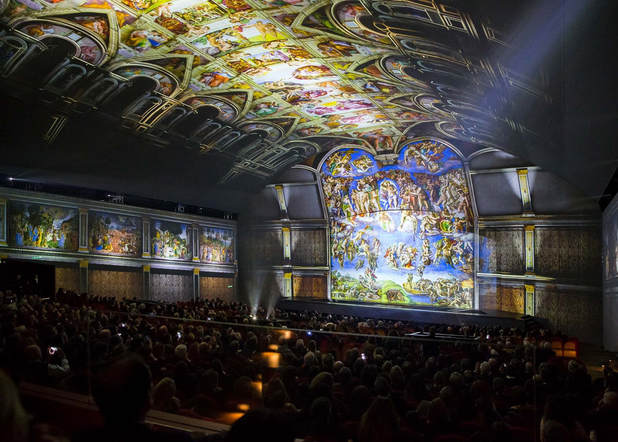
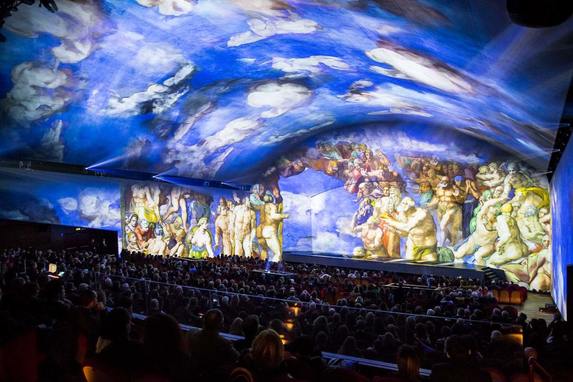
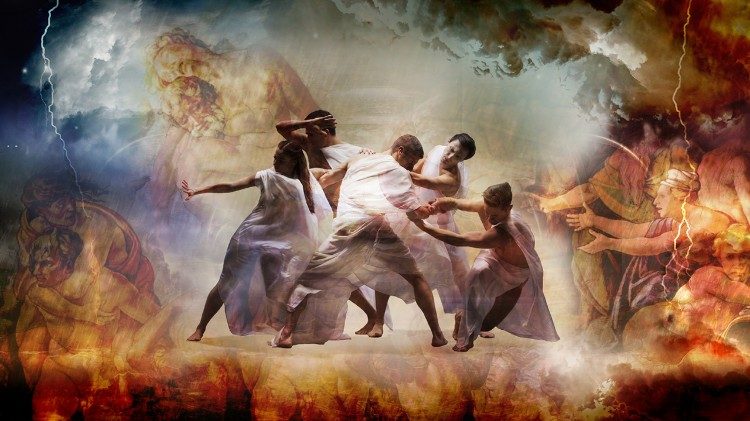
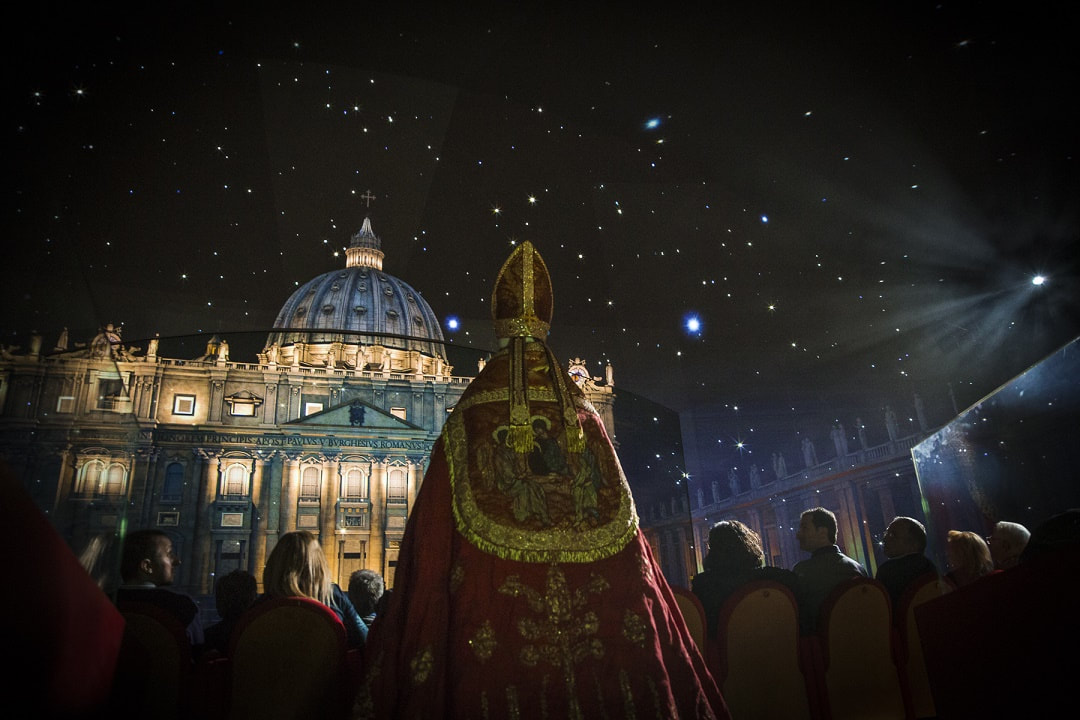
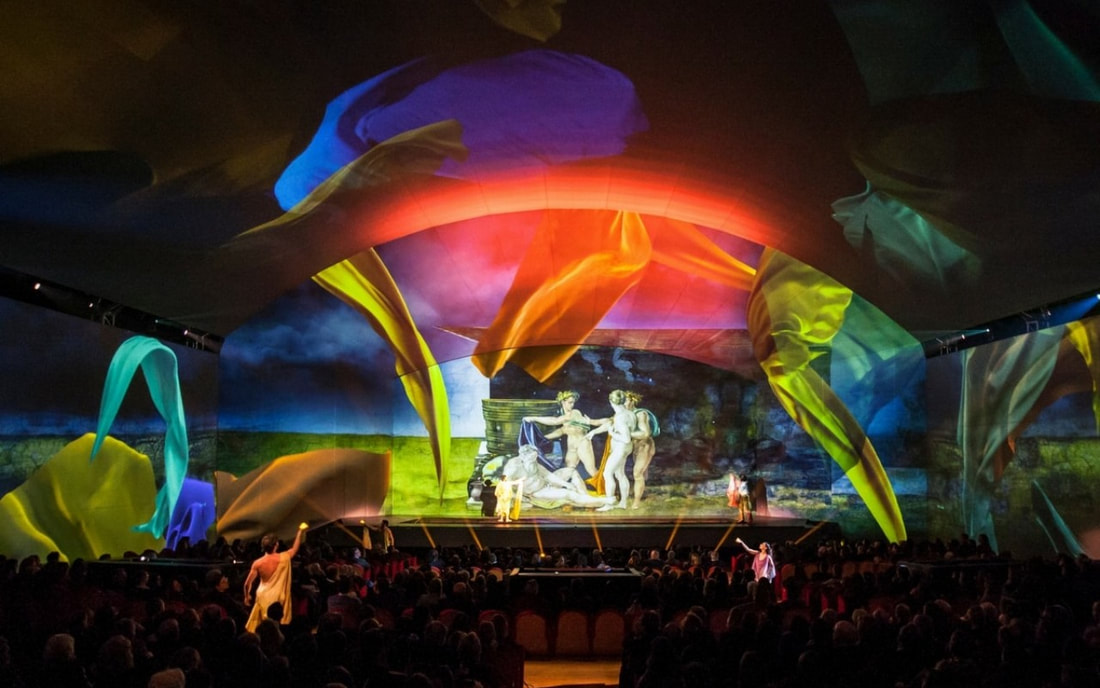
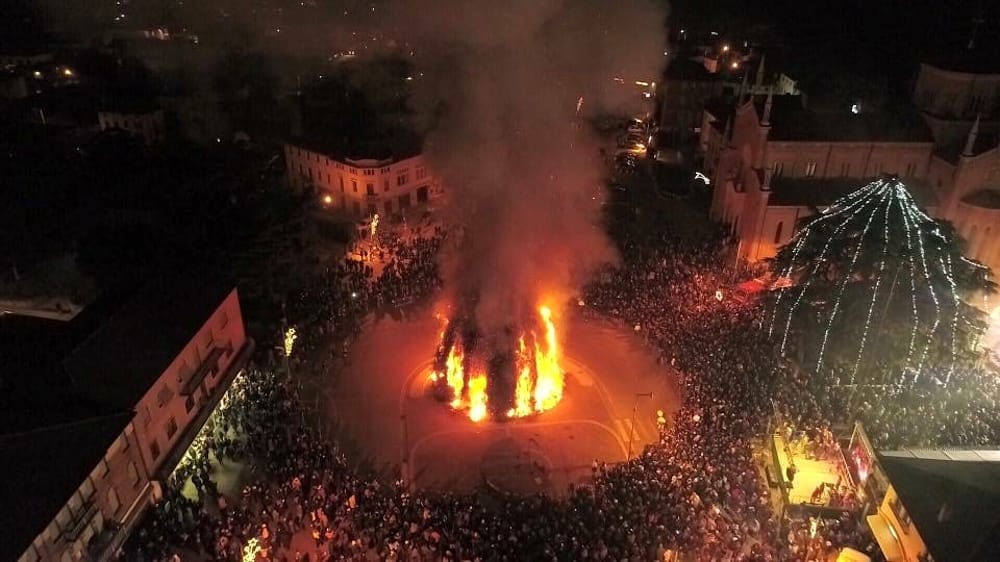
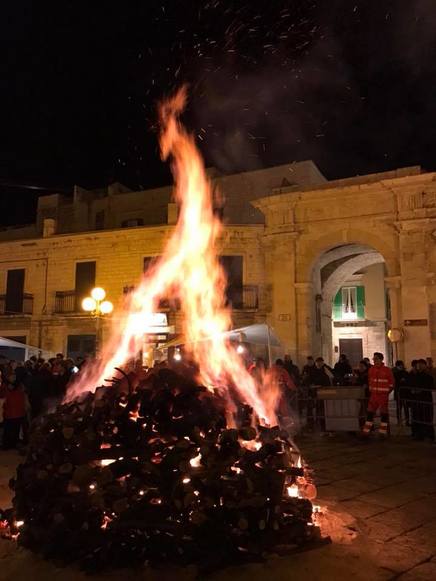
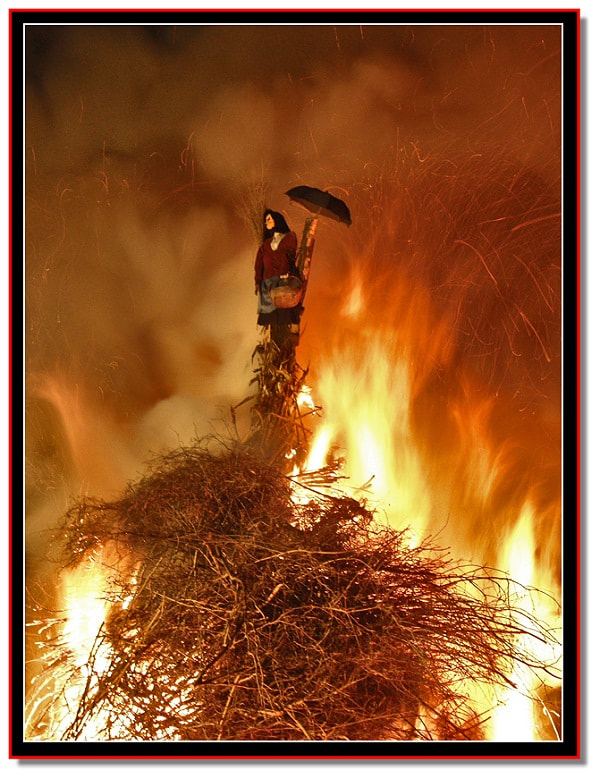
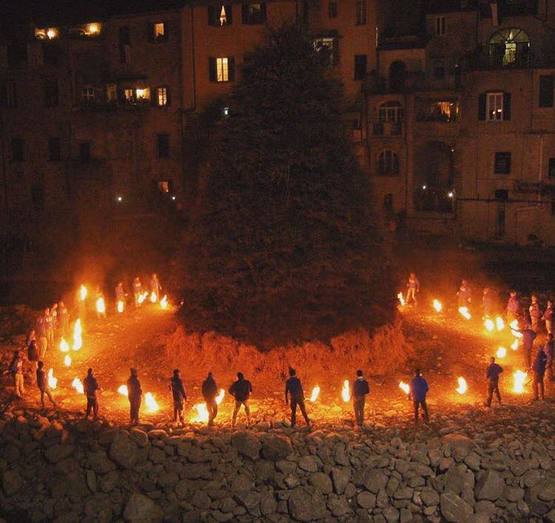
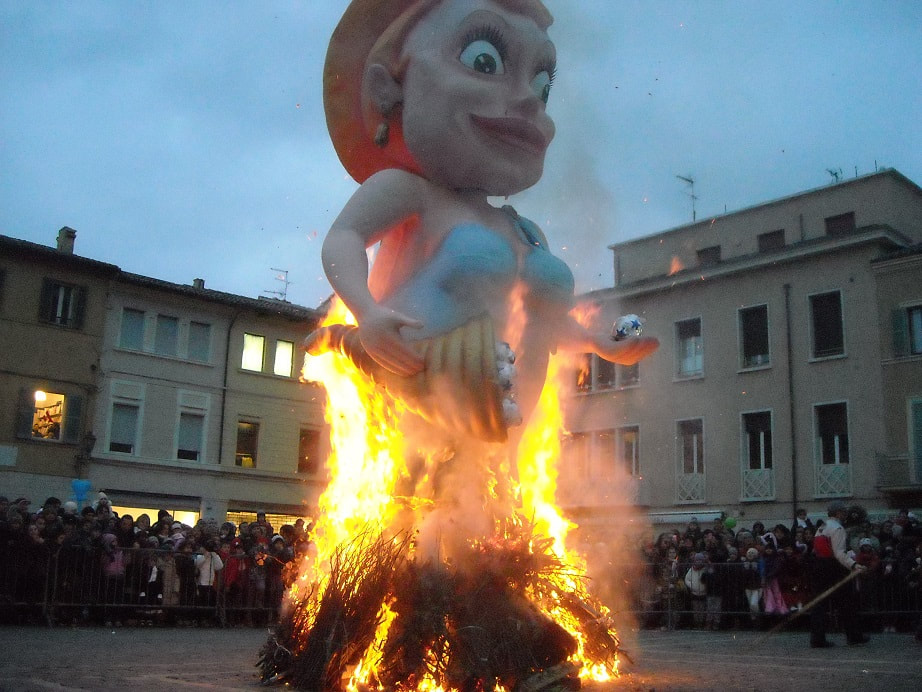
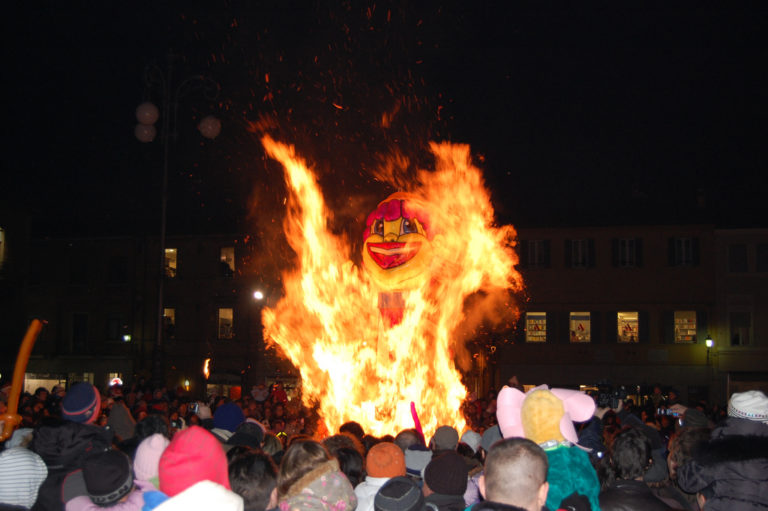
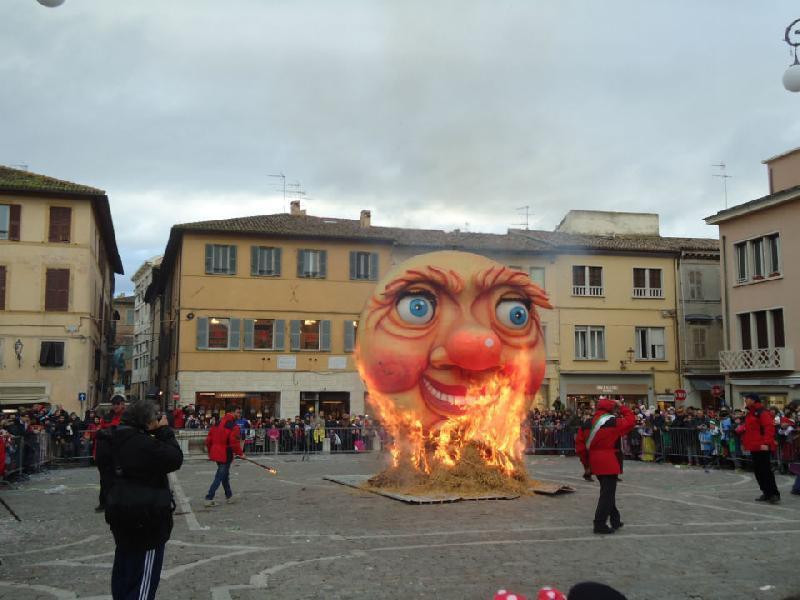
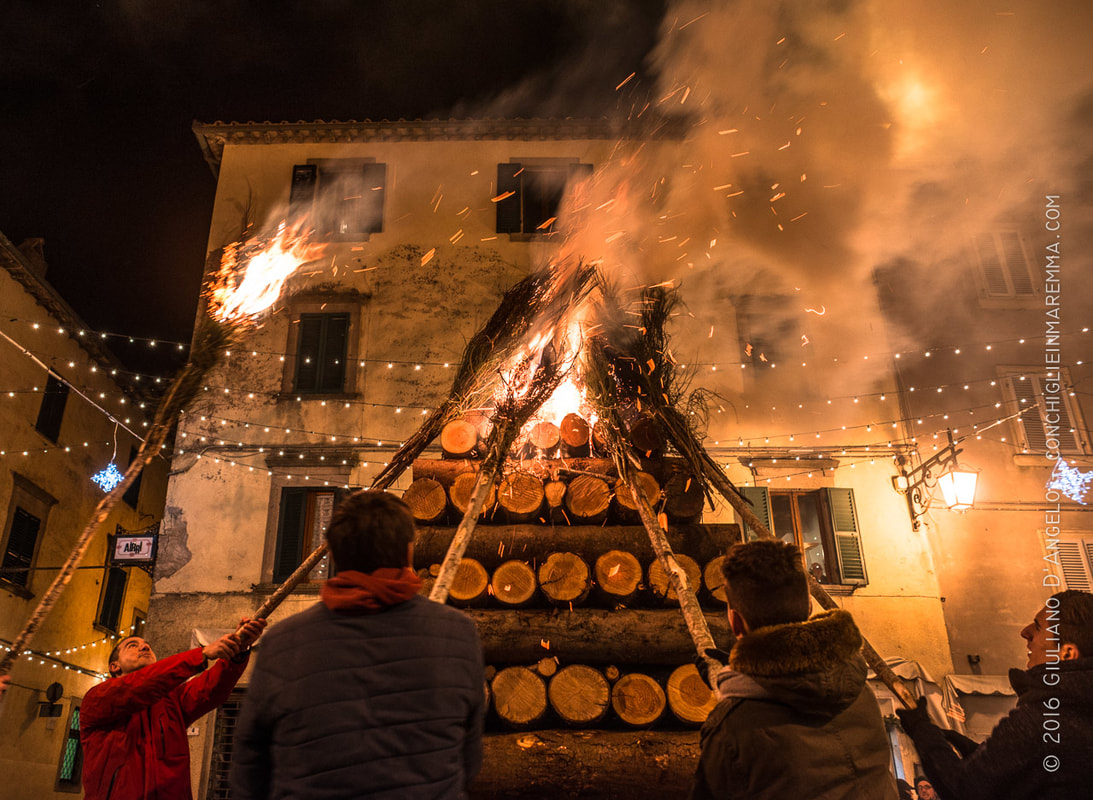
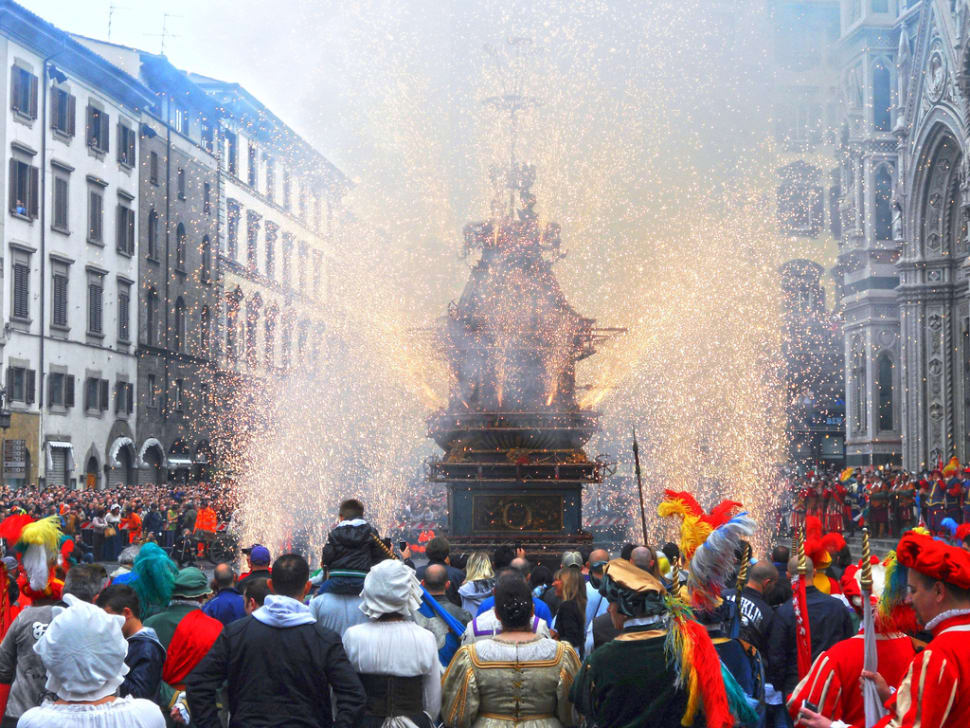
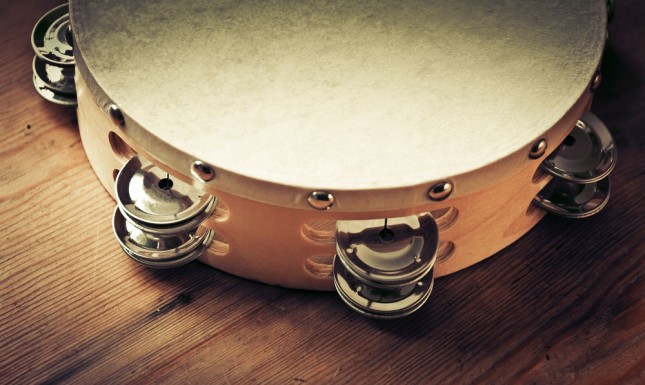
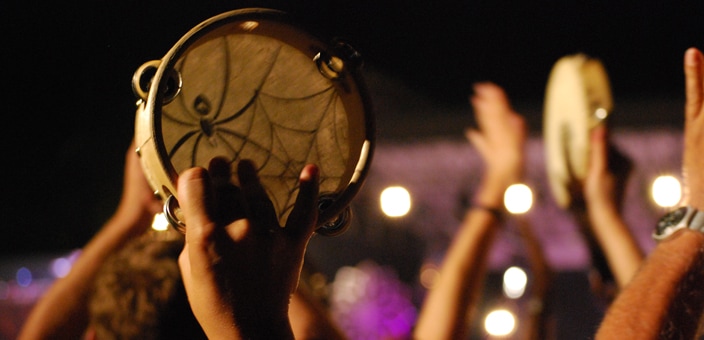


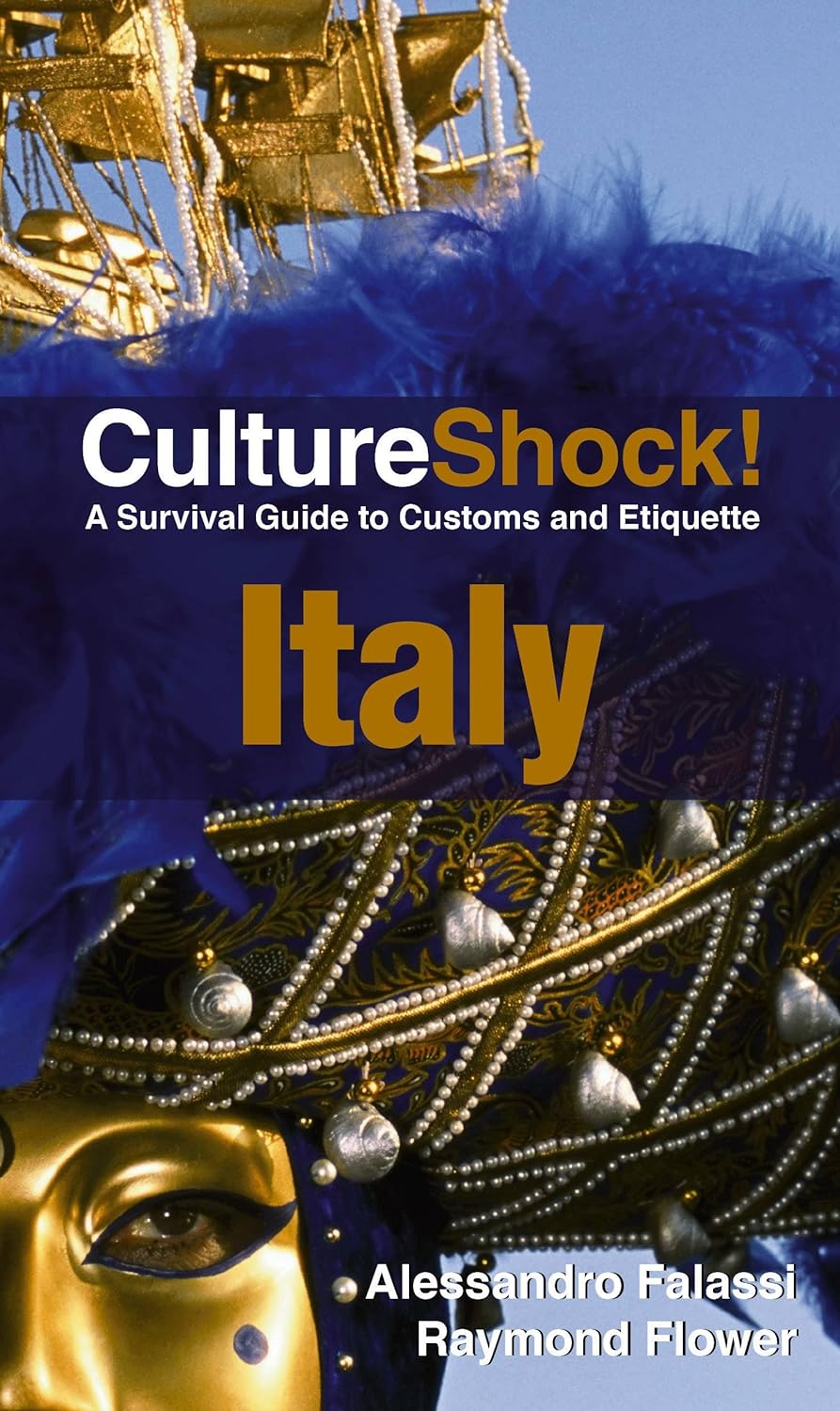
 RSS Feed
RSS Feed

